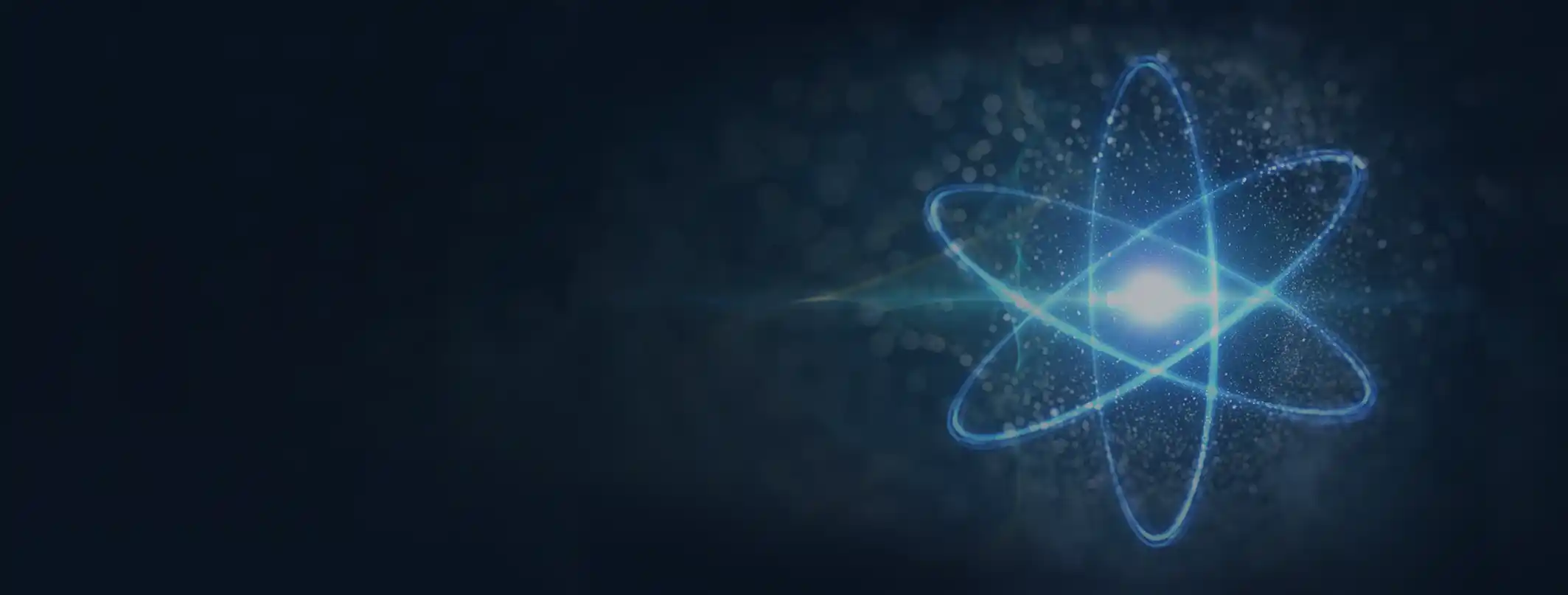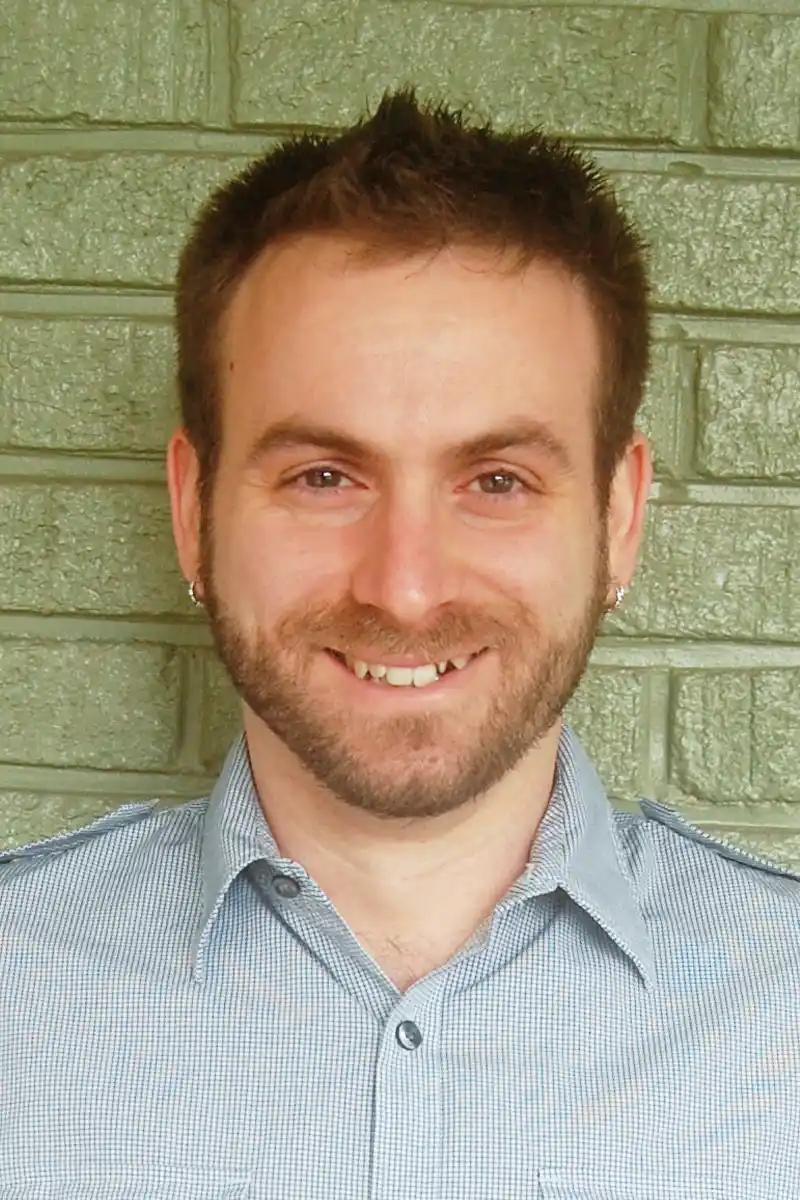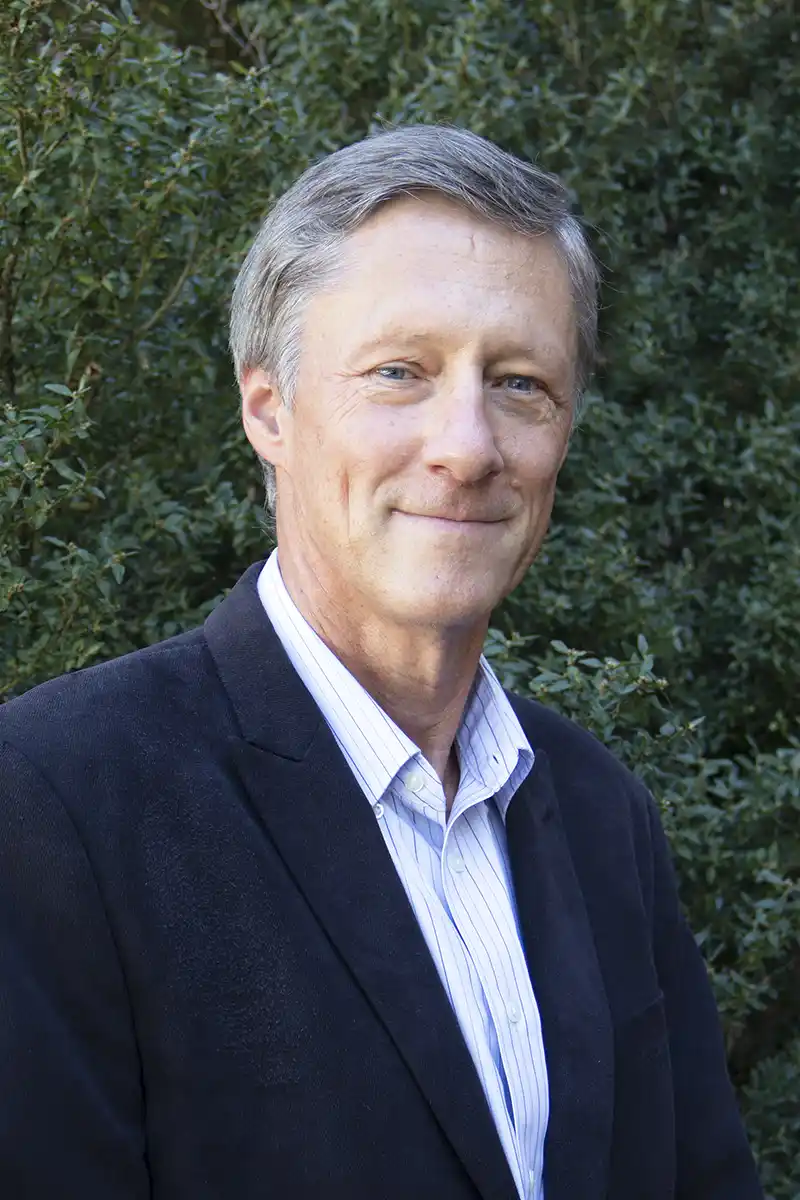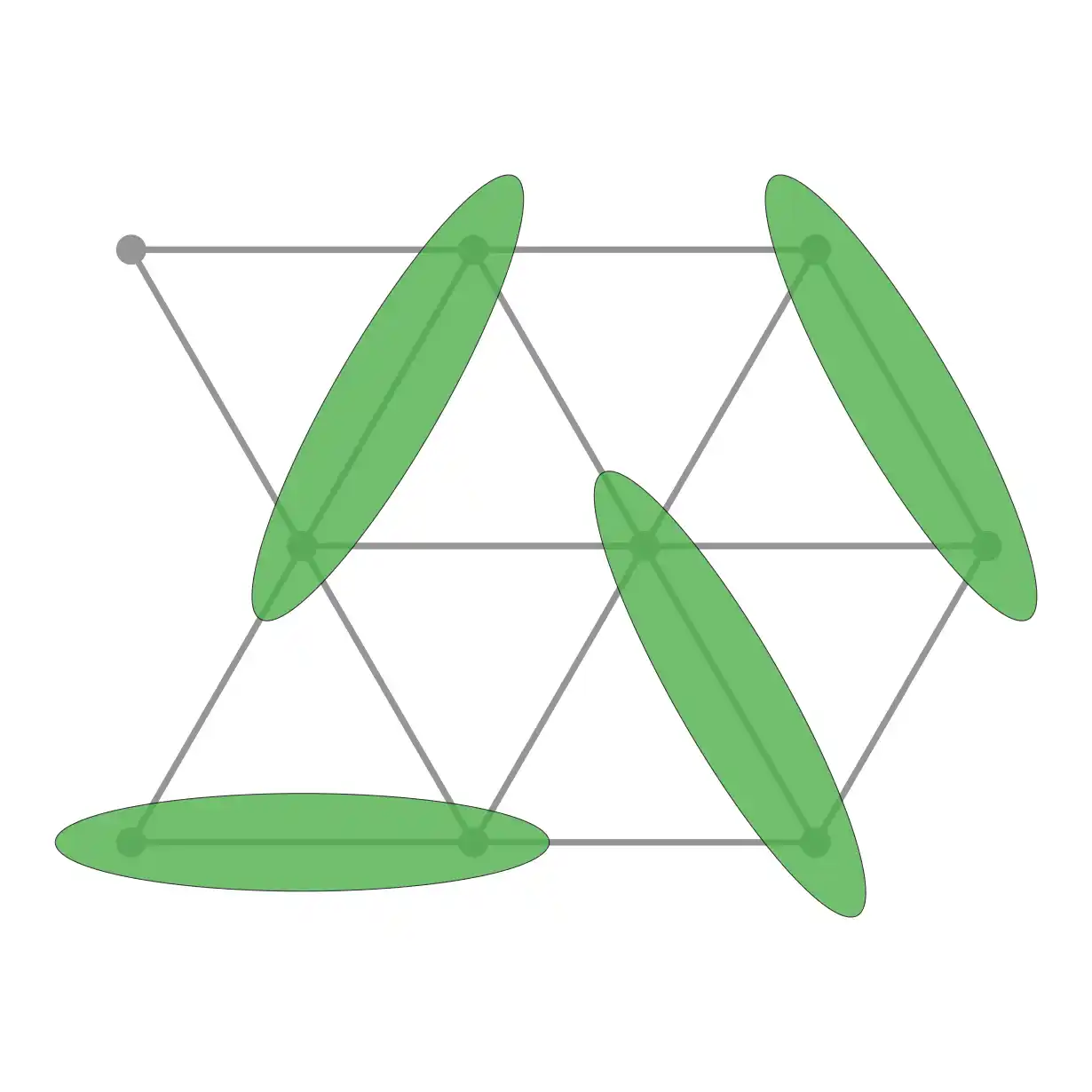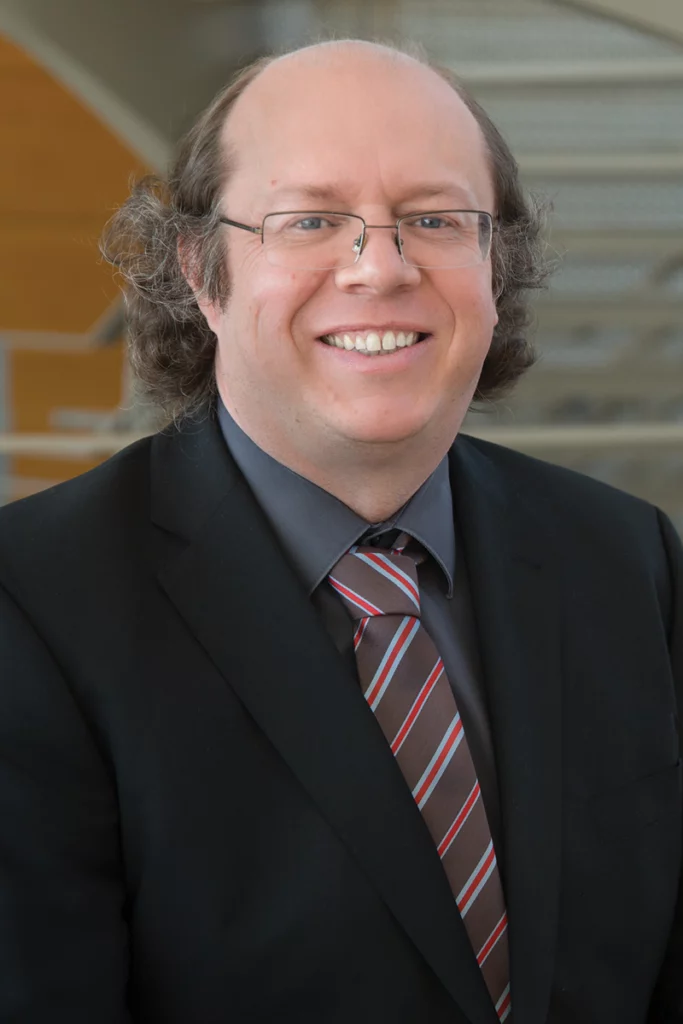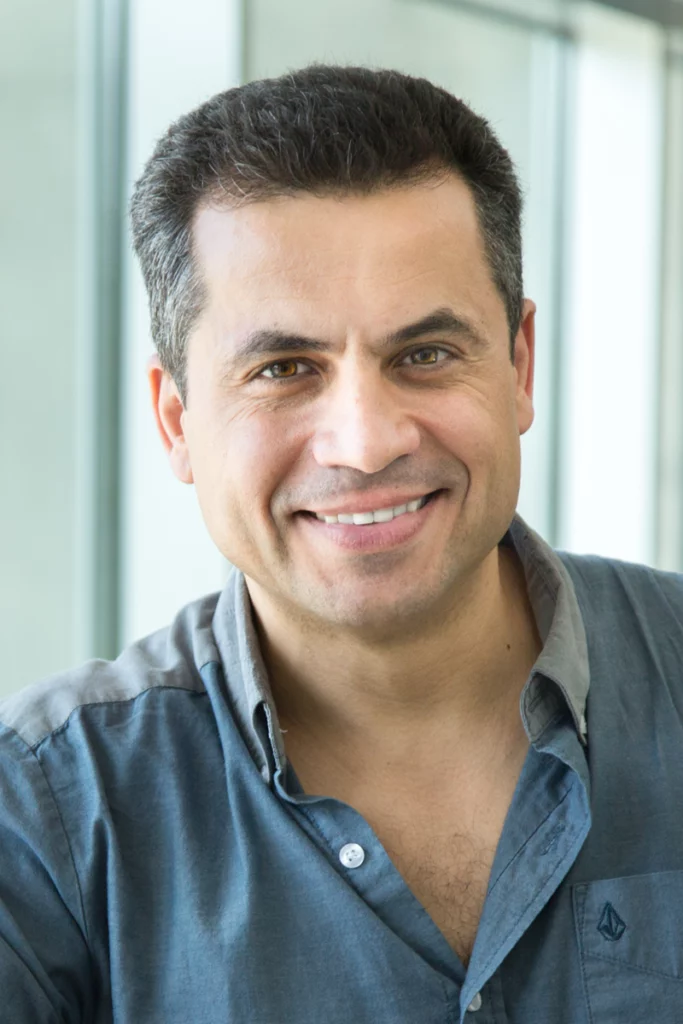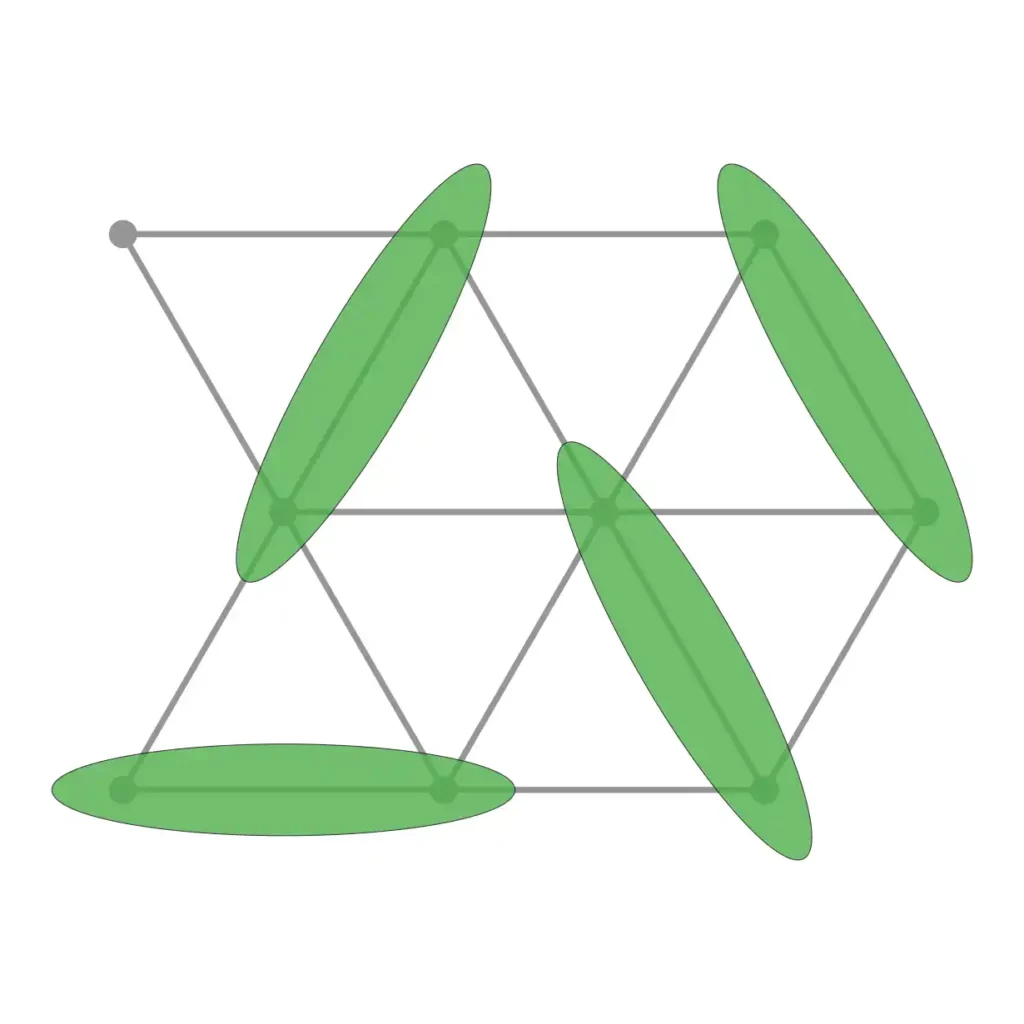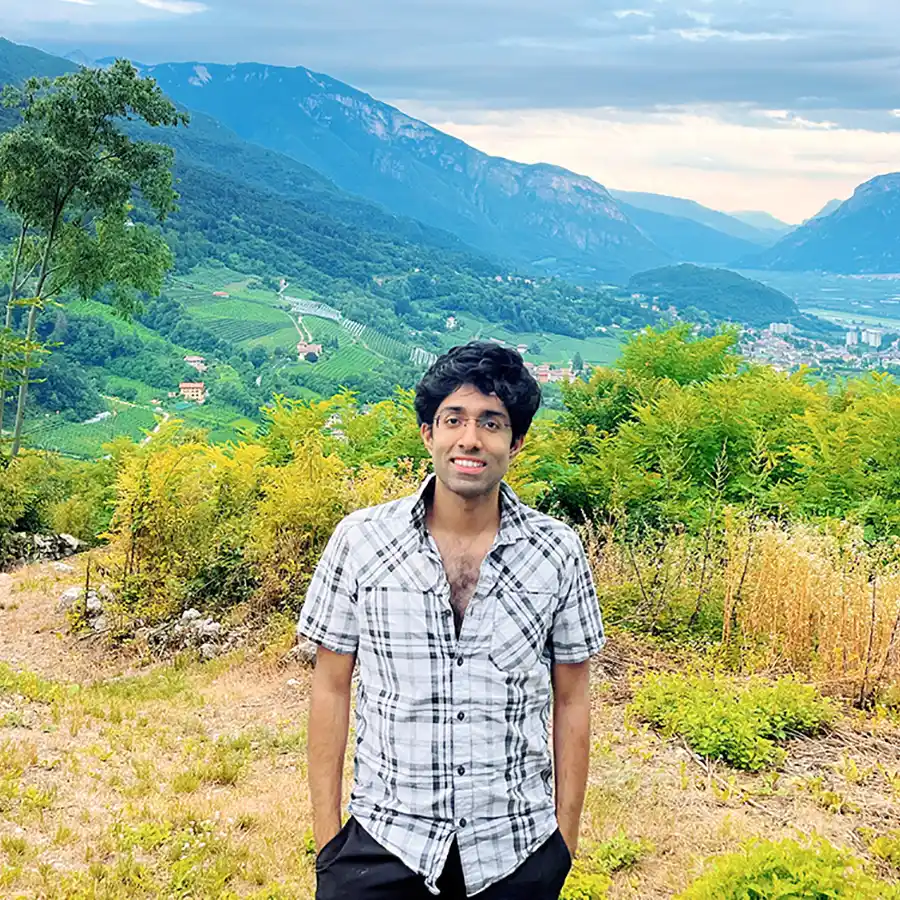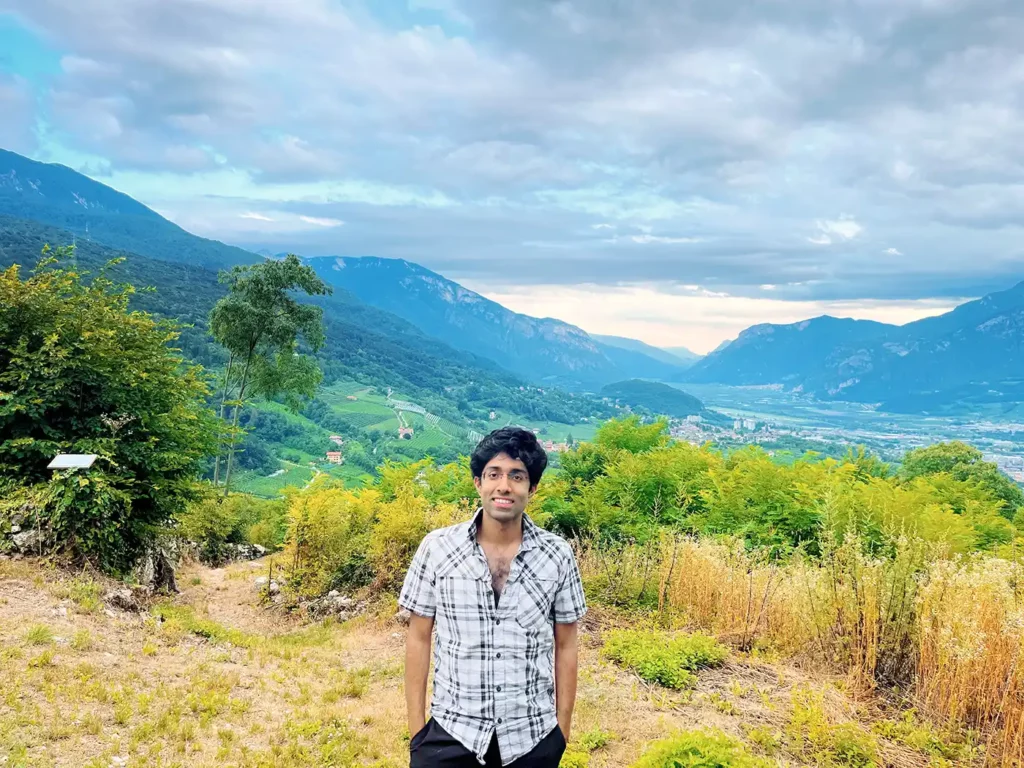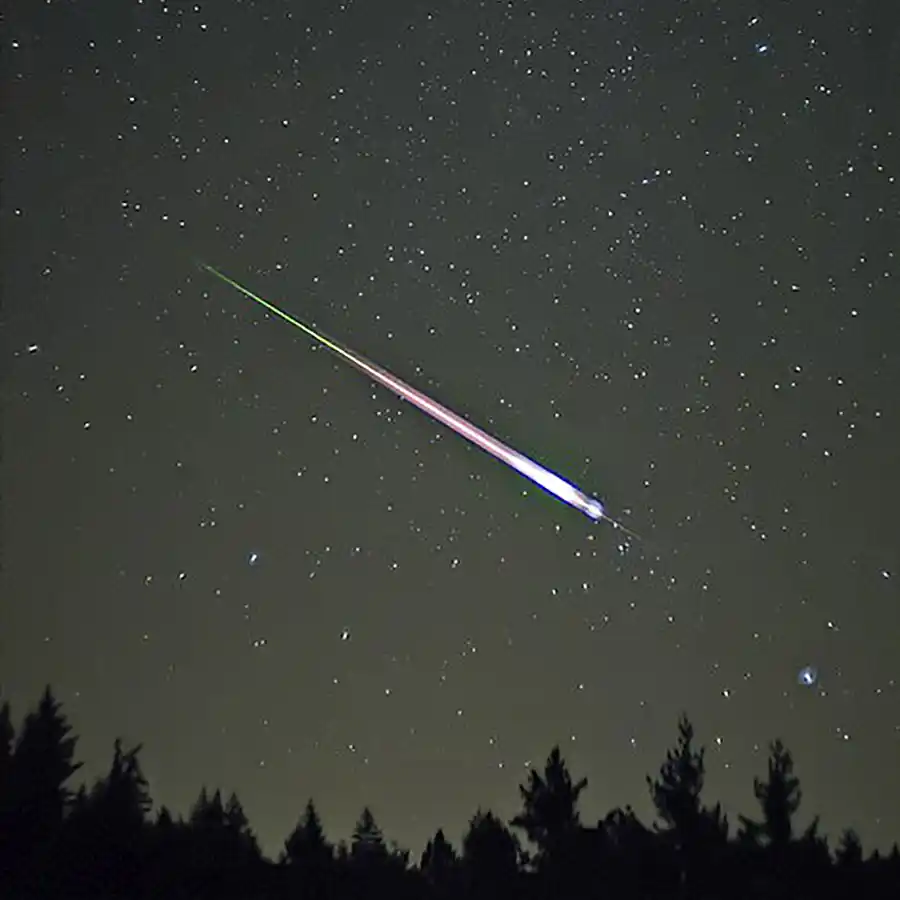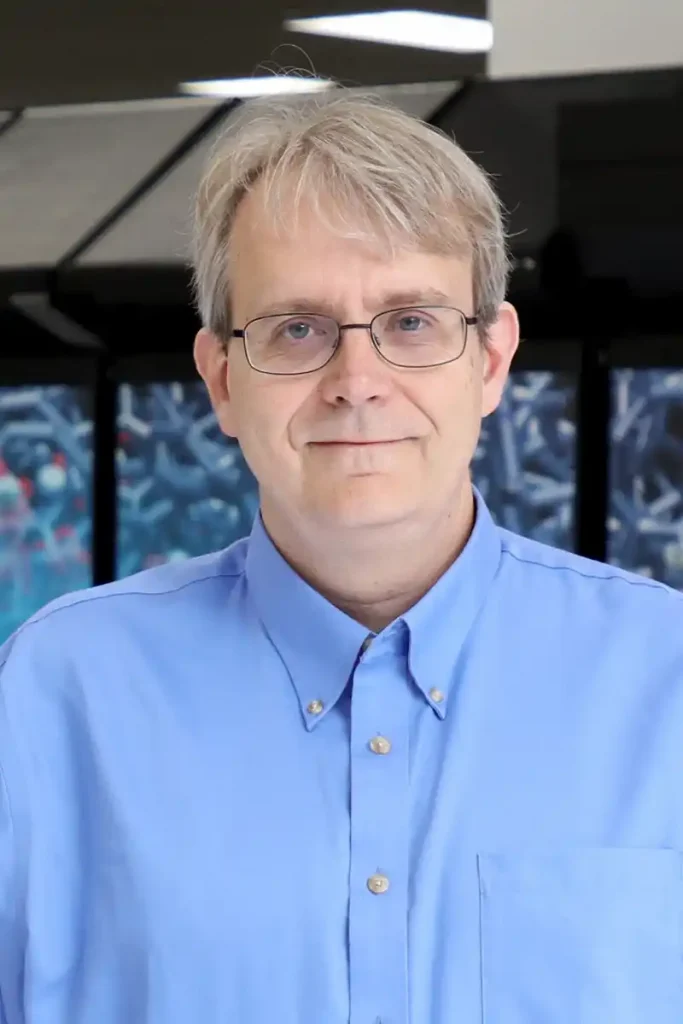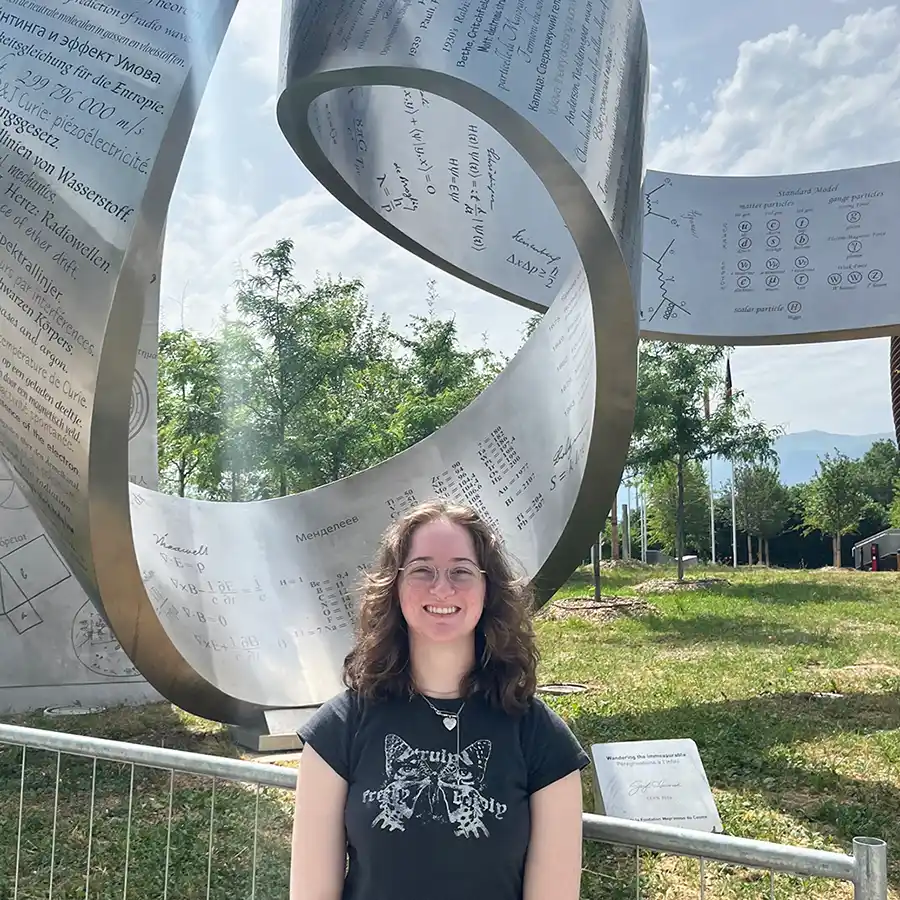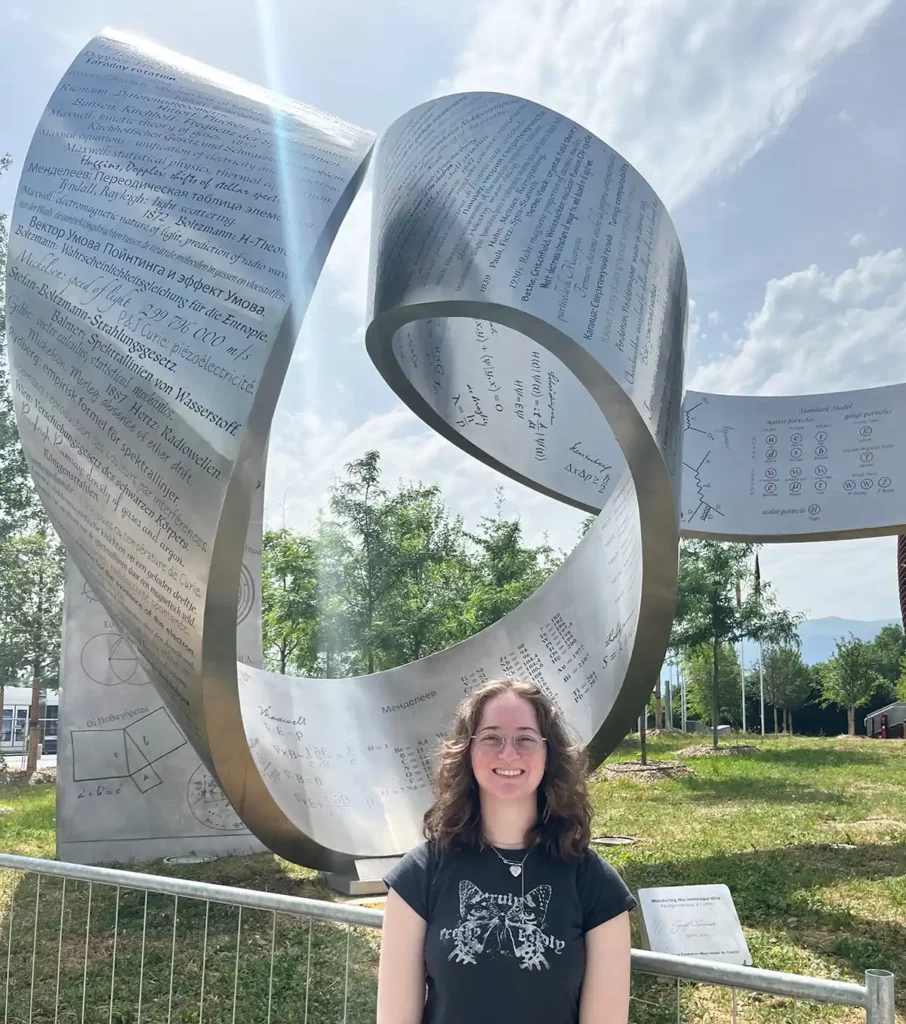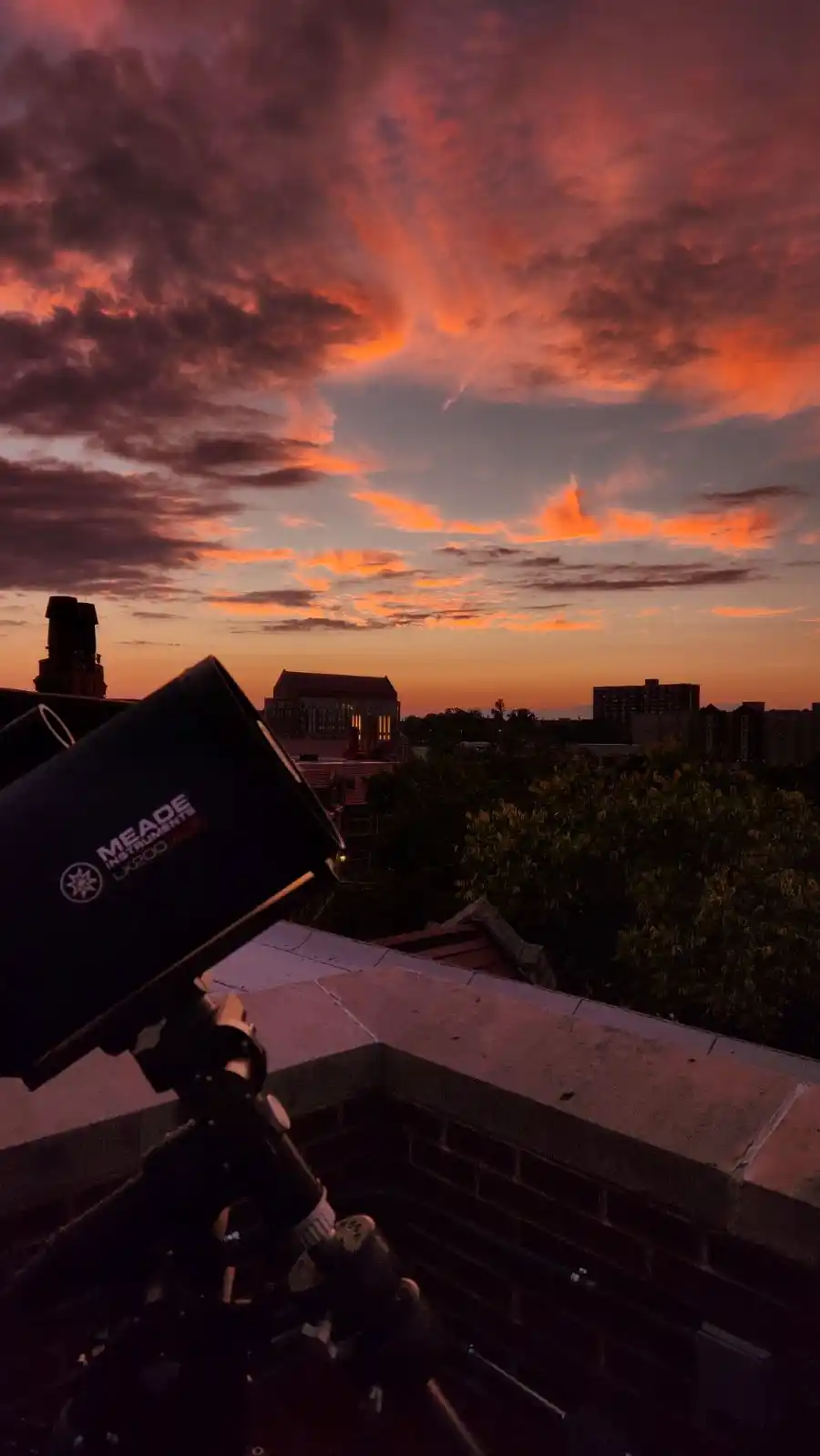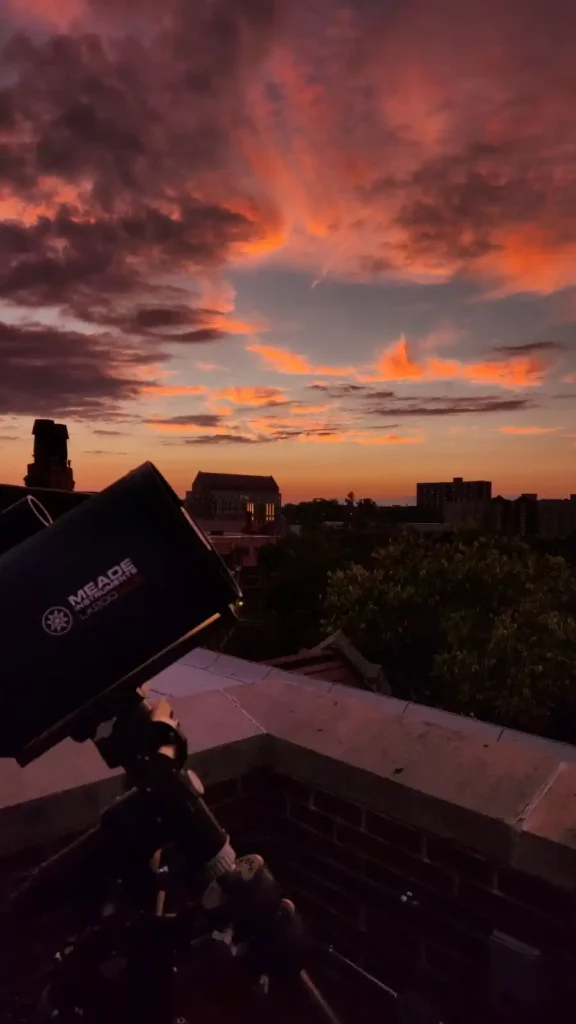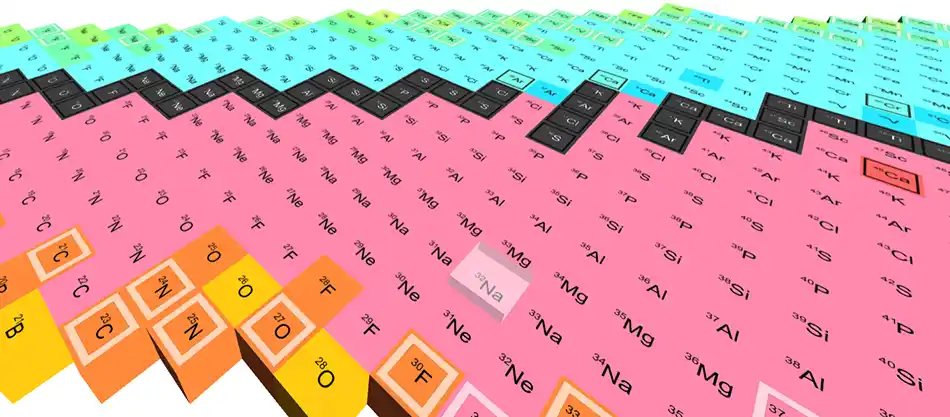Steve Johnston Named Bains Professor
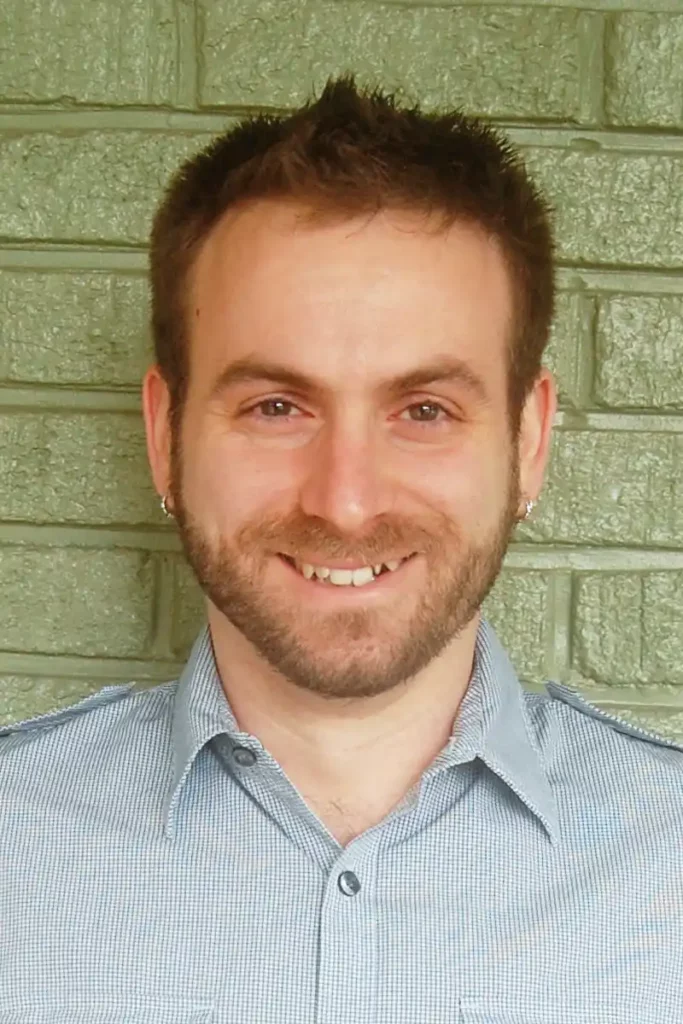
Steve Johnston wants to save time. And though he never met them, Elizabeth and Jim Bains are going to help.
Johnston knows that while silicon has long played a dominant role in industry, quantum materials will shape technology’s future. The challenge is that these atomic-scale materials are hardly straightforward. Like any good mystery, they come with intricacies, entanglements, and surprises that require case-by-case study. A theorist working in condensed matter physics, Johnston and his research group are developing a library of codes to simplify those investigations. Now, as the Elizabeth M. Bains and James A. Bains Professor of Physics and Astronomy, he’ll have resources to build that library faster.
Tennessee SmoQy Codes
While Johnston’s appointment as the Bains Professor began February 1, he first joined the physics faculty in 2014 as an assistant professor. He’s been busy ever since. He directs the department’s graduate program and teaches graduate-level courses. He’s won a National Science Foundation CAREER Award, secured funding to design quantum materials, and played a role in UT’s successful proposal for the NSF-funded Center for Advanced Materials and Manufacturing (CAMM). His work with Chancellor’s Professor Hanno Weitering on chiral superconductivity made the cover of Nature Physics.
Now, with a professorship supported by an endowed bequest from Elizabeth and Jim Bains, he’ll have additional funding to work in areas beyond the confined focus of funding agencies.
“What I’m really looking forward to is using (this support) for exploratory work,” Johnston said. “If I’m interested in pursuing some new line of research, this gives me a little bit of flexibility to do that. My group is investing a lot of time and effort in developing some open source software and, at least for this first year, I’m planning on using (funding) to shore up that effort.”
The heart of this effort is the SmoQy Suite, a collection of codes to help map the quantum landscape.
Scientists confront a host of challenges in defining the properties of quantum materials, one of the first steps in figuring out how and where they’ll be useful. The problem is that the quantum world doesn’t abide by the laws and equations that physicists have spent generations refining. Among the trickier issues is the many-body problem. In microscopic systems, how particles interact is much more complex than in macroscopic environments. And the more particles you have (especially electrons), the more unwieldy the situation becomes. So as researchers developed new quantum materials, physicists were spending more and more time calculating their properties.
“We used to do things (where) our codes were written to simulate one-off models,” Johnston said. “Whenever a new material comes out, we figure out what model it actually needs, then we have to re-write that code for that model. It’s very reactive.”
The SmoQy codes are a much more proactive approach.
“You build the tools upfront and that way when new discoveries come along we’re able to jump on them immediately and do more right away,” Johnston explained. “It’s also an attempt to make a version-control record of these things.”
His postdoc, Benjamin Cohen-Stead, is the lead developer on SmoQy. The Bains Professorship will allow Johnston to support him as he continues to develop resources and make them available to other scientists working in quantum materials.
“He invested a lot of time building a very versatile code and a bunch of frameworks that we can now use to build other codes,” Johnston said.
In true It Takes a Volunteer fashion, he added the group “would like to get some of the many-body methods that we’re using to a stage where anyone can download and use them. We’re trying to really highlight this as a good tool for the community. We’ve also begun to go after new funding to further expand these codes.”
If you’re wondering how the name SmoQy came about, there’s a Volunteer connection there too.
“We wanted something that was in line with the Tennessee spirit,” Johnston said.
They chose to feature the Smoky Mountains, but with a q to highlight the quantum many-body problem. Johnston explained that SmoQy is actually a play on another many-body software package called ALPS (Algorithms and Libraries for Physics Simulations).
“All many-body codes appear to have to be named after mountain ranges, so we decided to stick with that,” he said.
(Johnston noted that he’s also gotten quite a few emails from people asking him about Smokey, UT’s beloved mascot.)
Johnston’s group is spearheading the SmoQy effort, but he said eventually he’d like to involve more students and partner with UT’s Min H. Kao Department of Electrical Engineering and Computer Science on code development. He’s already working with Physics Professor and Department Head Adrian Del Maestro (who holds a joint appointment with that department) to add codes to the SmoQy library.
“Professor Johnston has an incredible impact across the teaching, research, and service mission of the department,” Del Maestro said. “As the Elizabeth M. Bains and James A. Bains Professor of Physics and Astronomy, I look forward to his transformative contributions to quantum materials research that will help shape future technologies for Tennesseans and beyond.”
These opportunities to expand the department’s quantum materials portfolio are possible because of a young couple who met five decades ago not far from Johnston’s office in the Nielsen Physics Building.
When Liz Met Jim
When Elizabeth (Liz) Miller enrolled in the master’s program in the mid-1960s her primary interests were atomic and nuclear physics. She changed her life—and many others’—when she decided to pursue ultrasonics instead. That’s where she got serious with fellow graduate student Jim Bains. The couple married and earned PhDs before settling in Texas to pursue their careers. When Liz and Jim passed away (in 2015 and 2020, respectively), they left the physics department its largest-ever gift.
In the fall of 2022 that bequest funded the first Bains Graduate Fellowship, which helped Shruti Agarwal get an early start on research. Now the Bains Professorship will help Johnston accelerate quantum materials research and in turn help the broader materials community.
“I’m very appreciative to the college and the department for giving me this,” he said. “As we’re trying to look at all kinds of new materials, we want our codes to respond to those materials. It’s not just about the problems I care about solving but also the problems that other people care about solving.”
With the new appointment Johnston becomes the third faculty member to hold a named professorship, alongside Cristian Batista (Lincoln Chair Professor) and Anthony Mezzacappa (Newton W. and Wilma C. Thomas Endowed Chair).
